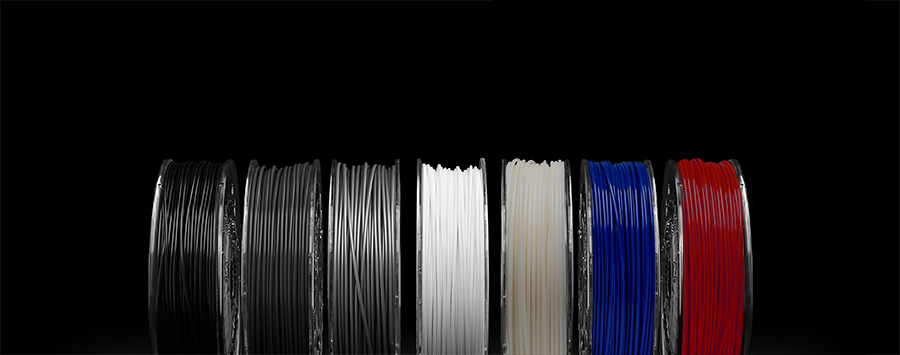Carbon Fiber Filament: What is it and why should we use it?
When we think of 3D Printing, perhaps the first thing that comes to mind is a plastic component that is not quite strong enough to be used for industrial applications. However, carbon fiber filament is changing the history of 3D Printing with its reliable and highly strong mechanical properties.
When should you print with carbon fiber filaments?
This type of filament is way stronger than a standard filament such as PLA or ABS. Furthermore, the quality of the surface is flawless and it is pretty lightweight, bearing in mind that their figures are very stiff. When you print with carbon fiber filament you do not have to worry about the dimensional accuracy of the model – since its particles do not contract, the figure won’t be smaller or bigger than desired.
Another advantage compared to other filaments, especially with water-soluble filaments, is that PAHT CF15 and PET CF15 do not absorb moisture easily. This takes away any issues related to humid filaments which can happen easily with PVA or BVOH, filaments that you can use for supports.
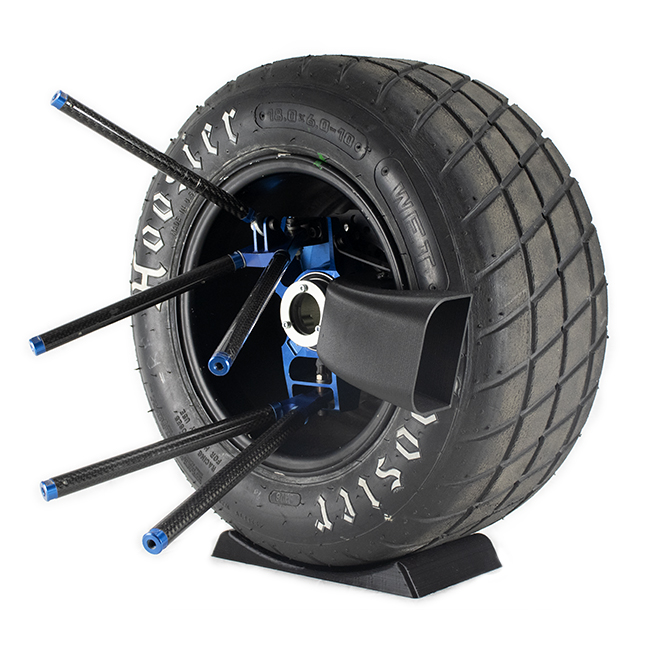
So in the case that you need a strong and rigid figure that is resistant to high temperatures, consider these filaments. What makes these materials perfect for the automotive industry or for manufacturing tools is their ability to produce highly reliable prints suitable for any type of mechanical part.
Carbon fiber in 3d printers:
In order to print with carbon fiber filaments, you need to use the hotend X, a special hotend that allows printing with abrasive materials. In case you print one of these filaments with a standard hotend, the hotend will be destroyed in a few minutes.
The two main carbon fiber filaments: PET CF15 and PAHT CF15
At BCN3D, we use two different carbon fiber filaments that are highly reliable and easy to print. Let’s have a look at their properties so we can choose which one best fits our needs.
On the one hand, PET CF15 has the following key features:
- Impact resistance
- Stiff
- Very low moisture absorption
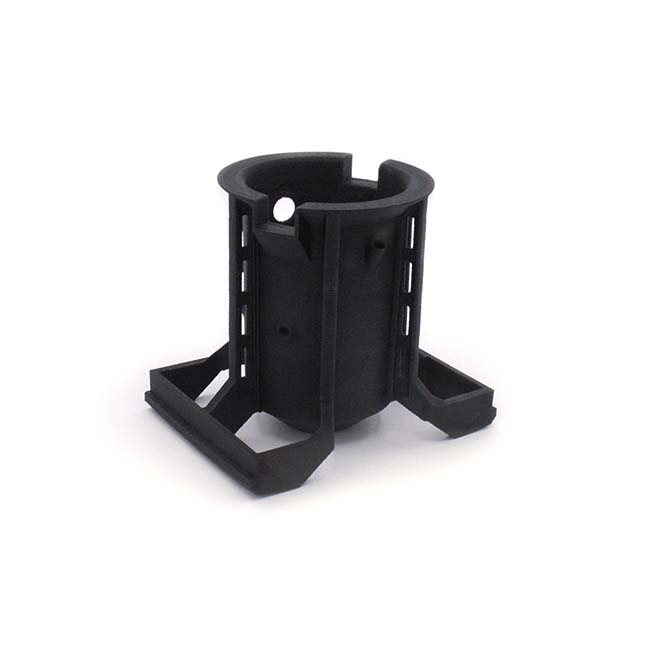
On the other hand, PAHT CF15 has the following key features:
- High temperature and chemical resistance
- Extreme mechanical properties
- Resistant to high temperatures
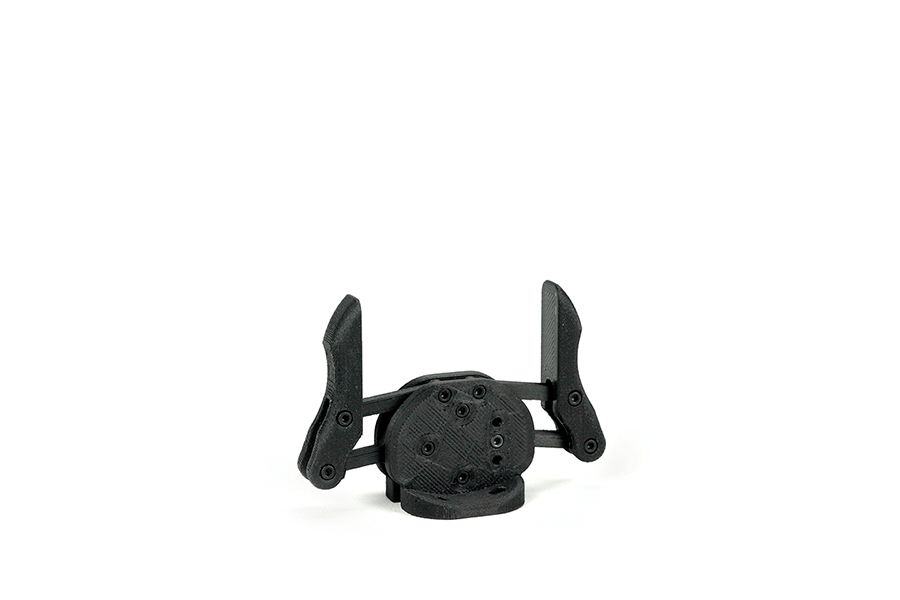
In most cases, both filaments would be a good fit for your project, but it is great to know the particularities of each one in order to successfully build a flawless and reliable object.
Real-life applications
These types of filaments are mostly used in the automotive industry, although they can be used in other industries other than transportation such as robotics or industrial machines.
The transportation industry is the one that uses carbon fiber filaments the most. In fact, a Barcelona-based Design University called Elisava designed and built a 100% electric motorbike that used a few PAHT CF15 printed parts to build it. They used it for the parts that needed to be strong and heat resistant, although they used other filaments such as PA or ABS for other parts that have different properties – have a read of how they did it here.
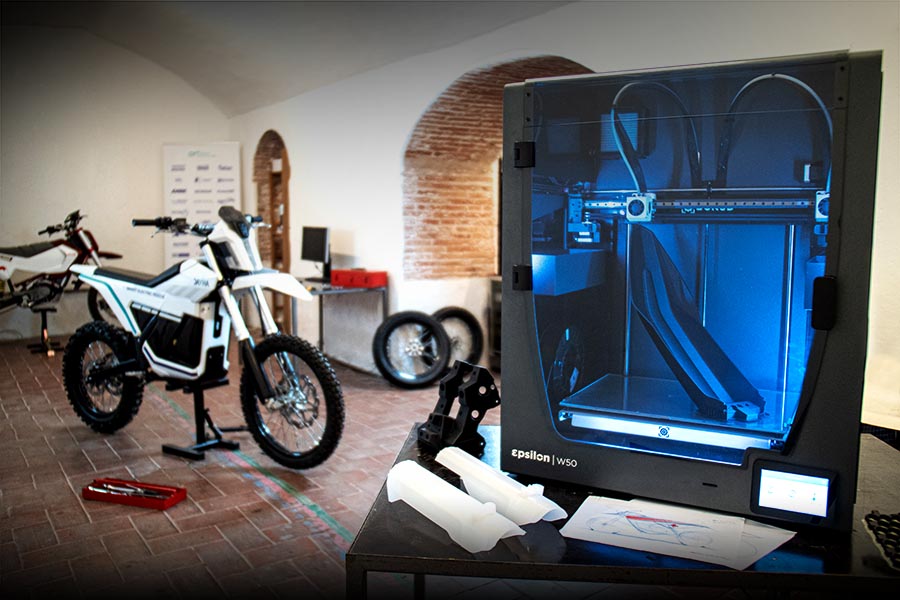
As the main feature of the carbon fiber filament is its strength, you can use them for any parts that need to be strong and that won’t break under any circumstance such as a case for a fragile part.
For example, you can print your own push-up supports with PAHT CF15 knowing that they won’t break down even though you are putting a large amount of pressure on them.
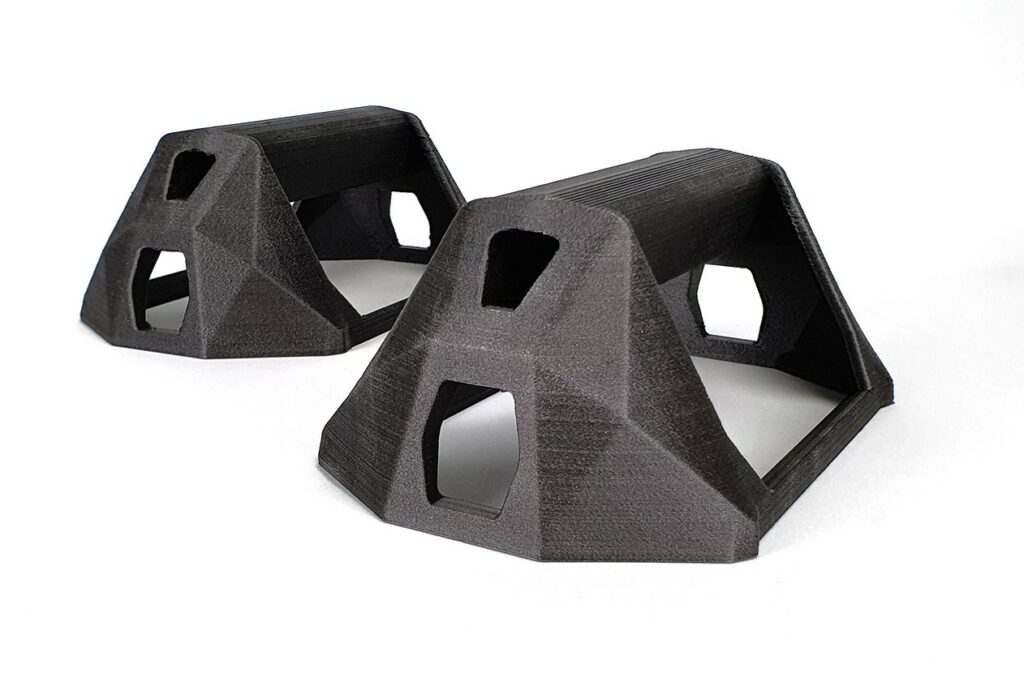
To summarize, carbon fiber filament is changing the history of 3D printing due to its reliability, heat resistance, and stiffness. Industrial companies around the world and vehicle manufacturers use them every day to print tools and parts to build the vehicles that we will use to travel in the future. You can learn more about fiber-filled materials in our free, specialized white paper or our entire range of filaments with our material selector.



